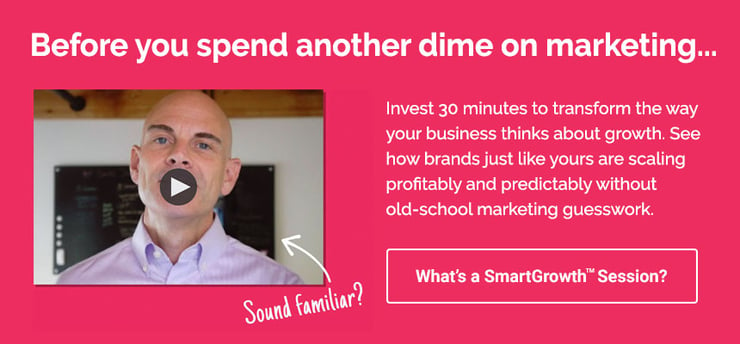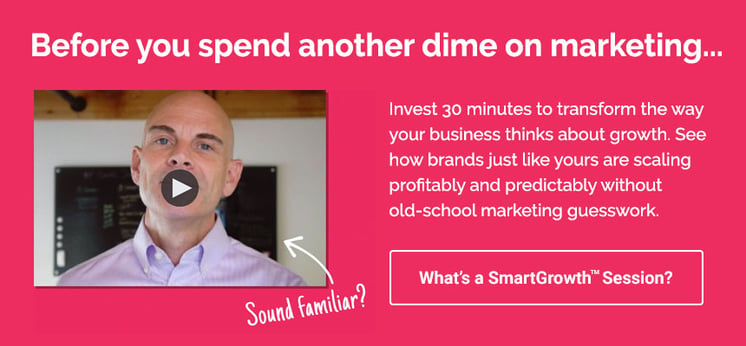B2B content marketing is not for the faint of heart. To be effective, dozens, if not hundreds of pieces of content must be created month after month. It can be exhausting AND expensive. Without an effective B2B content distribution strategy, it's easy to feel adrift in a sea of content.
If you are struggling to keep your head above water (so to speak), it's time to embrace a smarter approach to content distribution in 2024. In this article, we will show you how to create a content distribution strategy that is innovative and highly effective in acquiring and engaging customers. From quickly repurposing content with the help of modern tools to scheduling social posts and automatically generating email nurtures, we’ll explain how to do more with less by maximizing your marketing budget by minimizing your marketing routine.
What is a B2B Content Distribution Strategy?
A B2B content distribution strategy is the tactical blueprint for ensuring your invaluable content doesn't just sit on a digital shelf collecting dust. It involves deliberately repurposing and intelligently placing content across platforms and channels where your target audience spends their time. This isn't just about broadcasting your message; it's about strategically delivering content to foster meaningful interactions, nurture potential leads, and, ultimately, drive sales. With a smarter B2B content distribution strategy, your content works harder - and smarter - to cut through the noise and resonate with decision-makers.
B2B Content Distribution – How to Work Smarter, Not Harder
Step 1: Create Keyword Driven Blog Content
Building your brand's visibility and credibility is critical to your B2B marketing strategy. A well-executed and consistent B2B blogging strategy is your ideal tool here. Blogs allow brands to provide useful, relevant information, showcase their expertise, and leverage SEO to bring traffic to their websites, helping build awareness with potential customers. Start with keyword research for topics relevant to your industry, product, or expertise. Tailor the tone and voice of your copywriting to reflect your brand personality and resonate with your ideal customer. Be sure to sprinkle keywords in headers and naturally throughout the copy for SEO. Plan to launch a new blog post at least once a week. If you're a new company without a lot of existing website traffic, accelerating to two posts a week can pave the way for regular website traffic.
Step 2: Repurpose Content from Each Blog
From your blog content, gather interesting insights, listicles, summaries, and useful nuggets of information. Then, turn them into engaging social media posts, complete with relevant visuals, custom graphics, or video snippets. Tailor the language and content to fit each social channel and its audience. Ideally, you’ll want to post on your chosen platforms 3-5 times per week. As you develop a posting rhythm, select 2 to 4 of your highest-performing posts each month for reposting, guaranteeing more exposure and optimizing your B2B social media strategy.
Step 3: Turn Blogs into Other Types of Long Form Content
The usefulness of a well-written blog doesn't stop at social media. Utilize the same subjects, facts, and research for email newsletters, podcasts, and videos. When it comes to podcasts and videos, you might have to marginally reshuffle the content to suit the listening or viewing audience. The ultimate point is to ensure a seamless flow from steps 1 to 3, making blogs a crucial and versatile part of your content strategy.
Step 4: Create Hassle-Free Videos
As attention spans retract, video is becoming an essential form of content. Don't let fear of video overwhelm you. You don't need a colossal budget or a specialized in-house team to use video effectively. Launch your B2B video marketing strategy by capturing day-to-day activities that are already taking place within your company. Video-record insightful meetings and conversations with your team leaders and use these recordings to create clips for social media and your website. Online platforms and AI tools offer easy ways to capture and edit high-quality videos, several will even automatically generate clips sized for social media use. Aim for weekly or bi-weekly videos to enrich your content pool.
Step 5: Build Case Studies
A case study is a persuasive piece of evidence for B2B buyers. Show them how your product or solution has helped others in their position. Creating case studies around key customer success stories helps supply this evidence while showcasing your capabilities. Aim for 1-2 case studies monthly and repurpose them as social posts, videos, or even podcast content for maximum reach.
Step 6: Leverage Automation and Scheduling Tools
In the rapidly evolving world of AI and automation, the vast majority of your content marketing distribution can be automated and scheduled in advance, eliminating the need to log in to multiple platforms or send different emails to different users manually. Programs such as Planable, Sprout Social, HubSpot, and other social scheduling tools and CMS’s make organizing and planning your content distribution a breeze. Email nurtures can be triggered by specific user actions on your website, allowing you to create and deliver timely and relevant information to prospects with little to no effort after the original emails are drafted. AI tools including Jasper and Opus can be invaluable in repurposing content, while podcasting tools such as Riverside can make recording meetings and podcasts on video a breeze.
Final Thoughts on B2B Content Distribution
We get it. For the busy B2B founder, content marketing can be an overwhelming undertaking. But it’s a vital component to steady and predictable growth. Adopting a smarter B2B content distribution strategy isn't just a preference; it's a competitive necessity in this digital age.
We've walked you through a plan—from creating keyword-driven content that drives traffic with SEO, to repurposing each blog into bite-sized, manageable pieces that foster engagement across platforms. With strategies like automated scheduling and utilizing cutting-edge AI tools, you're not just working harder, you're working smarter. At Brand Theory, we leverage this same B2B content distribution strategy daily for our clients to help them maximize their marketing budgets and reach. It’s all part of our proven framework for growth that helps brands scale predictably and profitably. If you’re ready to transform your approach to B2B content creation and distribution, book a no-obligation introduction to Brand Theory today.





.png)
.png)
.png)